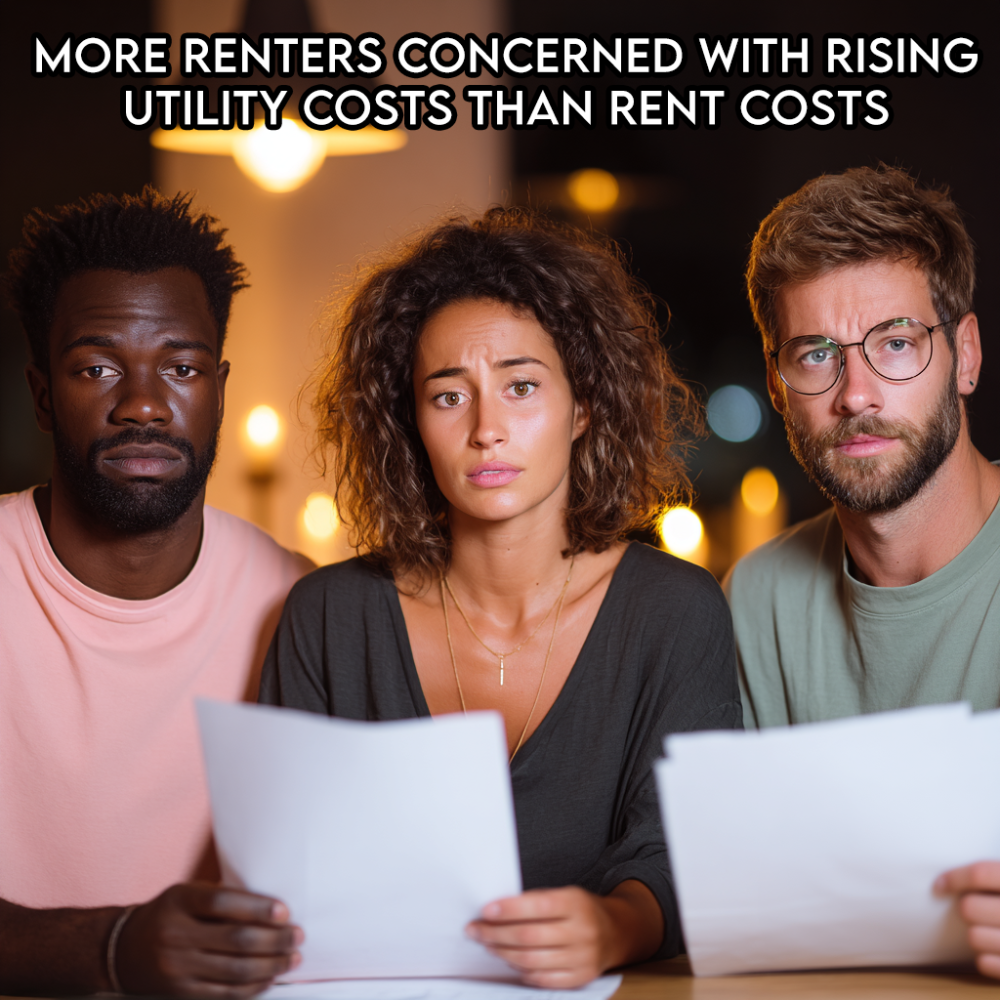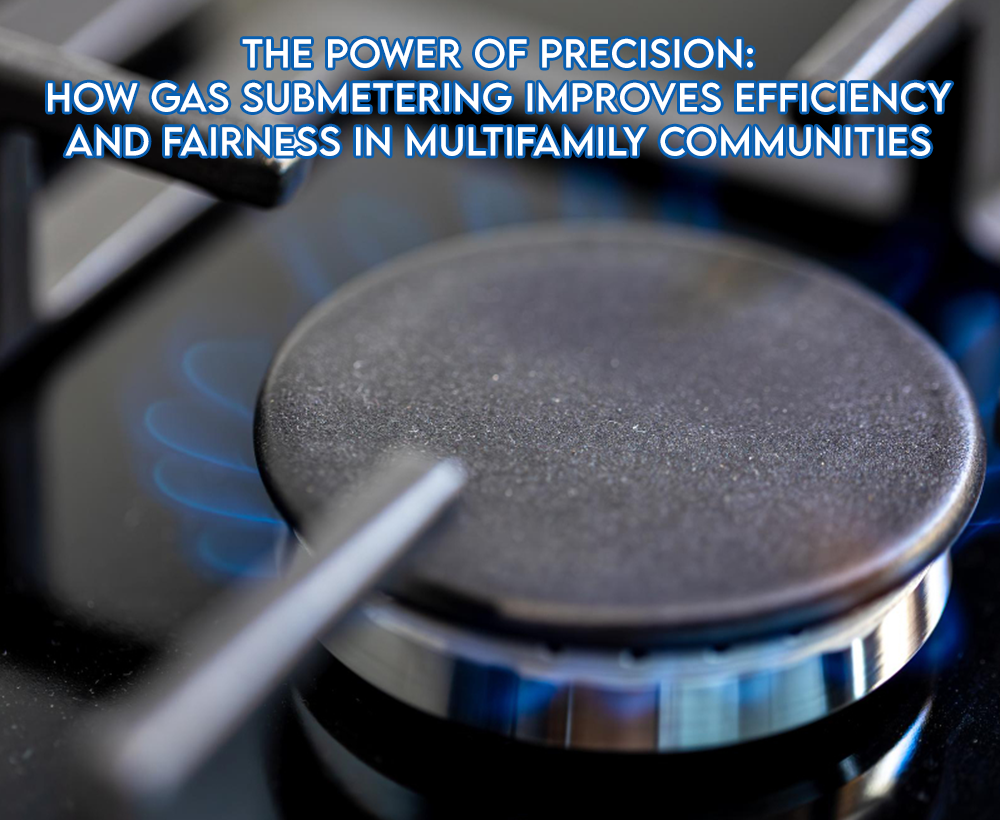
NYC’s Benchmarking Law Encourages Energy Conservation and Promotes High-Performing Buildings
April 21, 2025
Navigating Submetering and Utility Billing Challenges Around the 4th of July Holiday
June 6, 2025Best Practices for Superintendents Managing Submetered Properties
As multifamily communities increasingly adopt submetering to improve utility cost allocation and promote conservation, the role of the superintendent becomes even more critical. Superintendents are the frontline operators ensuring that submetering systems function efficiently, accurately, and transparently. Whether you’re managing a newly submetered property or have years of experience, these best practices can help superintendents maximize performance, reduce issues, and support resident satisfaction.
1. Understand the Submetering System
Superintendents should have a thorough understanding of the submetering system installed on the property. This includes:
Types of meters used (water, electric, gas)
Location and accessibility of meters
How to read and interpret meter data
The communication method (manual read, AMR, or AMI systems)
Training with your utility billing provider or submetering partner is essential to build this foundational knowledge.
2. Perform Routine Inspections
Regular visual inspections of meter installations and surrounding areas can prevent small issues from becoming major problems. Look for:
Signs of leaks or water damage
Rust or corrosion
Tampering or meter bypassing
Debris or obstructions that could affect meter performance
Create a monthly checklist to ensure consistency in inspections.
3. Ensure Accurate Meter Reads
Accurate readings are vital for fair billing and resident trust. Superintendents should:
Verify that meters are properly logging data
Confirm that readings are being captured and transmitted as scheduled
Identify and troubleshoot any anomalies (e.g., sudden spikes or drops in usage)
If the property uses automated reading technology, ensure the communication systems (like wireless gateways) are online and properly maintained.


4. Coordinate with Utility Billing Partners
Maintain an open line of communication with your submetering and utility billing provider. Promptly report any issues with meter performance or resident concerns. Your billing partner can also assist in:
Troubleshooting technical problems
Providing consumption reports
Training staff on system updates or best practices
A strong partnership supports accuracy and transparency.
5. Educate and Engage Residents
Residents benefit from knowing how submetering works and how they can control their utility usage. As a superintendent, you can:
Share educational materials during move-in
Provide tips on water and energy conservation
Answer common questions about meter reading and billing
An informed resident is more likely to participate in conservation efforts and less likely to dispute bills.
6. Stay Proactive with Maintenance
Submetering systems require periodic maintenance. Work with your service provider to:
Schedule meter calibration or replacement as needed
Replace outdated equipment with newer, more efficient models
Upgrade software or hardware to ensure compatibility with new technologies
Proactive maintenance helps avoid costly repairs and resident dissatisfaction.
7. Document Everything
Keep detailed records of:
Meter installation dates and serial numbers
Inspection logs
Maintenance or repair activities
Resident complaints or service calls
Thorough documentation supports compliance, transparency, and helps resolve disputes quickly.
Final Thoughts
Superintendents play a vital role in the successful operation of submetered properties. By following these best practices—rooted in communication, maintenance, and resident engagement—superintendents can ensure their submetering systems run smoothly, residents are billed fairly, and the property continues to operate efficiently.
Need help managing your submetered systems? Think Utility Services offers turnkey solutions and expert support for multifamily communities. Contact us today to learn more.




